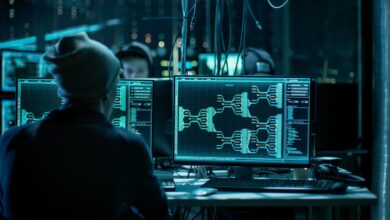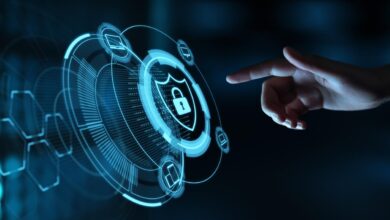Staying Safe Online: Mastering Modern Cyber Threats
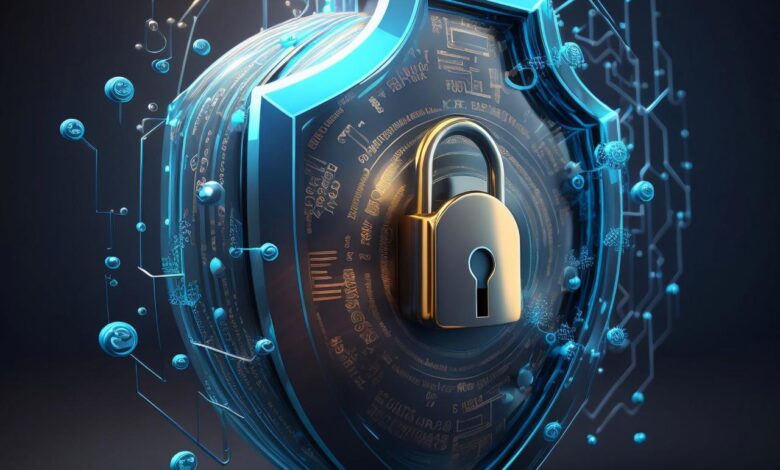
In the hyper-connected, digitized world of the twenty-first century, virtually every aspect of our lives—from our financial health and personal communications to global critical infrastructure and national security—relies entirely on the uninterrupted functioning of complex computer networks.
This total reliance on technology has, unfortunately, created an expansive, vulnerable landscape where the threat of a cyber attack is no longer a distant possibility but a daily reality for individuals, small businesses, and massive corporations alike.
Cybersecurity is no longer the sole responsibility of the IT department; it has become a fundamental, existential concern that requires vigilance and education from every single user in the digital ecosystem.
The adversaries we face are constantly evolving, moving far beyond simple computer viruses to employ sophisticated, automated tools powered by Artificial Intelligence, making their attacks faster, more targeted, and frighteningly effective at bypassing traditional security measures.
Understanding the modern cyber threat landscape is the essential first step toward defense, enabling us to recognize the danger, adopt the right defenses, and build a proactive security culture that protects valuable data and operational integrity.
Ignoring these risks is equivalent to leaving the door wide open for financial ruin, catastrophic operational downtime, and the complete compromise of sensitive information, making robust cybersecurity hygiene paramount for survival in the digital age.
The New Cyber Threat Landscape: Key Dangers
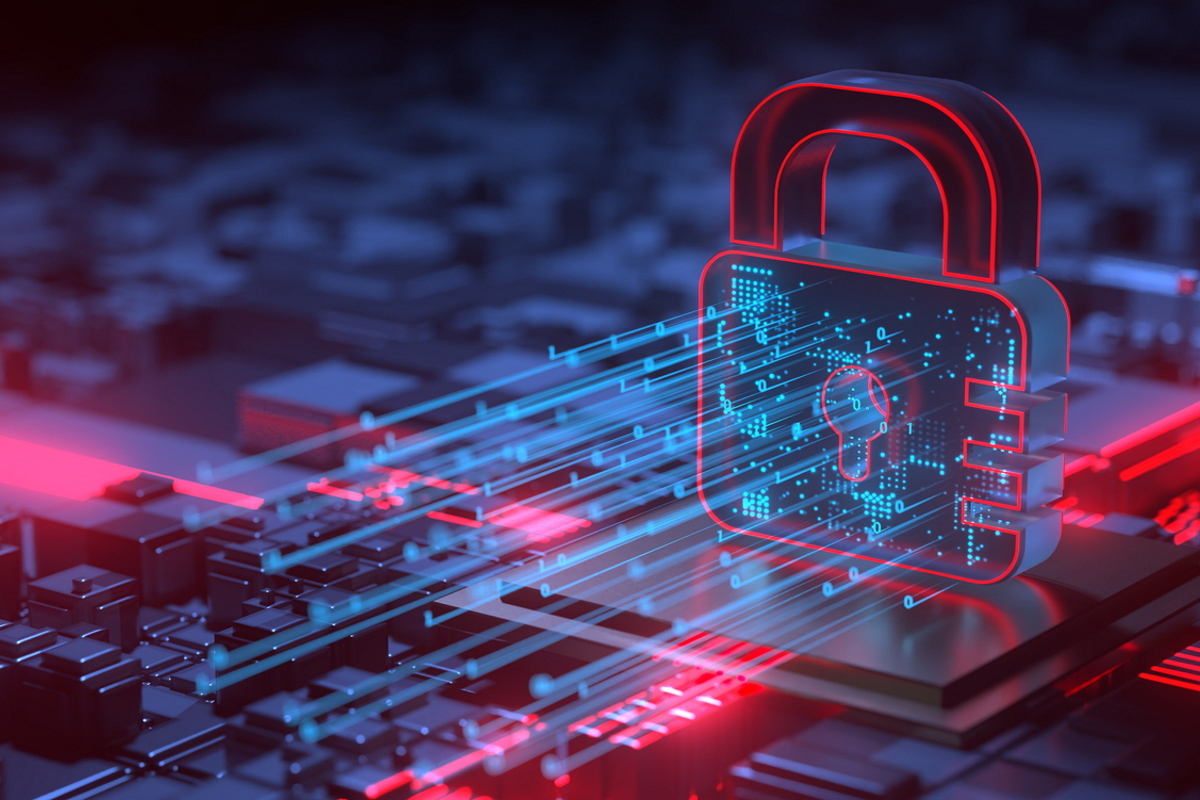
The cyber threats of today are characterized by their financial motivation, high level of technical sophistication, and, increasingly, their integration with advanced technologies like AI and machine learning.
1. The Ransomware Extortion Industry
Ransomware is the most visible and financially damaging threat facing organizations today, functioning as a complete criminal business model.
A. How Ransomware Works
- The attacker gains initial access, often through a phishing email or exploiting unpatched software vulnerabilities.
- The malicious software then spreads silently across the network, identifying and encrypting critical files, databases, and often entire systems, making them inaccessible.
- A ransom demand is delivered, usually in cryptocurrency, with the promise (but not guarantee) of a decryption key upon payment.
B. The Rise of Double and Triple Extortion
A. Double Extortion involves the attacker not only encrypting the data but also stealing a copy before encryption.
B. If the victim refuses to pay the ransom, the threat actor then leverages the stolen data by threatening to sell it on the dark web or publicly leak it.
C. Triple Extortion adds pressure by layering a third threat, such as launching a distributed denial-of-service (DDoS) attack to disrupt the victim’s public-facing services during negotiations.
2. Advanced Social Engineering Attacks
Social Engineering preys on the weakest link in any security system: human trust and error. These attacks leverage psychological manipulation to trick people into giving up confidential information or installing malware.
A. Phishing and Its Variants
- Phishing remains the number one delivery mechanism for almost all malware, involving a generic email impersonating a trusted entity (like a bank or IT department) to steal credentials or implant malware.
- Spear Phishing is highly targeted and personalized, often using information gathered from social media or corporate websites to craft a deeply convincing email aimed at a specific individual, like an executive or VIP.
- Business Email Compromise (BEC) is a sophisticated fraud scheme where an attacker impersonates a company executive (like the CEO) to trick an employee in the finance department into transferring a large sum of money to a fraudulent account.
B. The AI-Powered Threat
A. Generative AI is now used to craft highly convincing, grammatically perfect phishing emails and messages in bulk, scaling up the attack volume and reducing grammatical red flags.
B. Deepfake Technology uses AI to create ultra-realistic fake video or audio recordings of executives, which could be used in a highly successful BEC attack to convince an employee to override security protocols.
3. Malware Evolution and Sophistication
Malware (malicious software) is a catch-all term for any software designed to exploit, damage, or gain unauthorized access to computer systems.
A. Adaptive and Fileless Malware
- Adaptive Malware uses machine learning to change its code in real-time to evade detection by traditional, static antivirus software.
- Fileless Malware avoids installation on the hard drive altogether, instead running only in the computer’s memory, making it incredibly difficult for standard endpoint security tools to detect and analyze.
B. Viruses, Worms, and Trojans
- A Virus requires a host program to spread and replicate, often attaching itself to legitimate application files.
- A Worm is a standalone, self-replicating program that can spread across networks without needing a host program or human interaction.
- A Trojan Horse disguises itself as legitimate software, tricking the user into installing it, only to then install backdoors for the attacker to exploit later.
4. Supply Chain Vulnerabilities
Modern businesses rely on complex networks of vendors, suppliers, and third-party software, making the entire chain only as strong as its weakest link.
A. The Trust Problem
- Attackers are increasingly targeting the security gaps of smaller, less-protected vendors who have trusted access to the networks of larger, more valuable organizations.
- Exploiting a single vulnerability in a widely used piece of software, often a third-party tool, can allow an attacker to compromise thousands of corporate and government networks simultaneously.
B. Software Vulnerabilities
A. Misconfigured Cloud Assets are a major source of breaches, as companies often fail to correctly set up the security controls provided by cloud service providers (CSPs).
B. Unpatched Software is one of the top entry points for attackers, as they quickly develop exploits for newly discovered vulnerabilities before companies can install the security patches.
The Devastating Impact of a Cyber Attack
A successful cyber attack rarely results in just one simple loss; it causes cascading failures across an organization, incurring immediate and long-term costs.
A. Financial and Economic Consequences
A. Direct Losses: This includes the cost of the ransom payment itself (which is often discouraged by law enforcement), as well as huge fees for incident response teams, legal counsel, and public relations firms.
B. Revenue Loss: Operational disruption can halt all business activities for days or weeks, leading to massive losses in revenue and missed business opportunities.
C. Remediation Costs: Significant capital expenditure is often required for new hardware, advanced security software, and entirely rebuilding compromised networks from the ground up.
B. Reputational and Legal Damages
A. Loss of Customer Trust: A data breach involving personal or financial information can severely damage a company’s reputation, leading to a permanent loss of customer loyalty and business.
B. Regulatory Penalties: Companies face massive fines from regulatory bodies (like GDPR or HIPAA) for failing to protect customer data adequately.
C. Litigation: Affected customers or partners often launch costly class-action lawsuits following a major breach.
C. Operational and Safety Risks
A. Operational Disruption: Attacks on critical infrastructure (hospitals, power grids, logistics companies) can cripple essential public services, leading to real-world dangers and logistical chaos.
B. Intellectual Property Theft: Cyber espionage, often sponsored by nation-states, results in the theft of valuable trade secrets, research, and corporate intellectual property (IP), undermining competitive advantage.
C. Lost Data: Even with backups, the loss of unrecoverable data or the time required to restore corrupted systems can set an organization’s work back substantially.
Cybersecurity Best Practices for Businesses
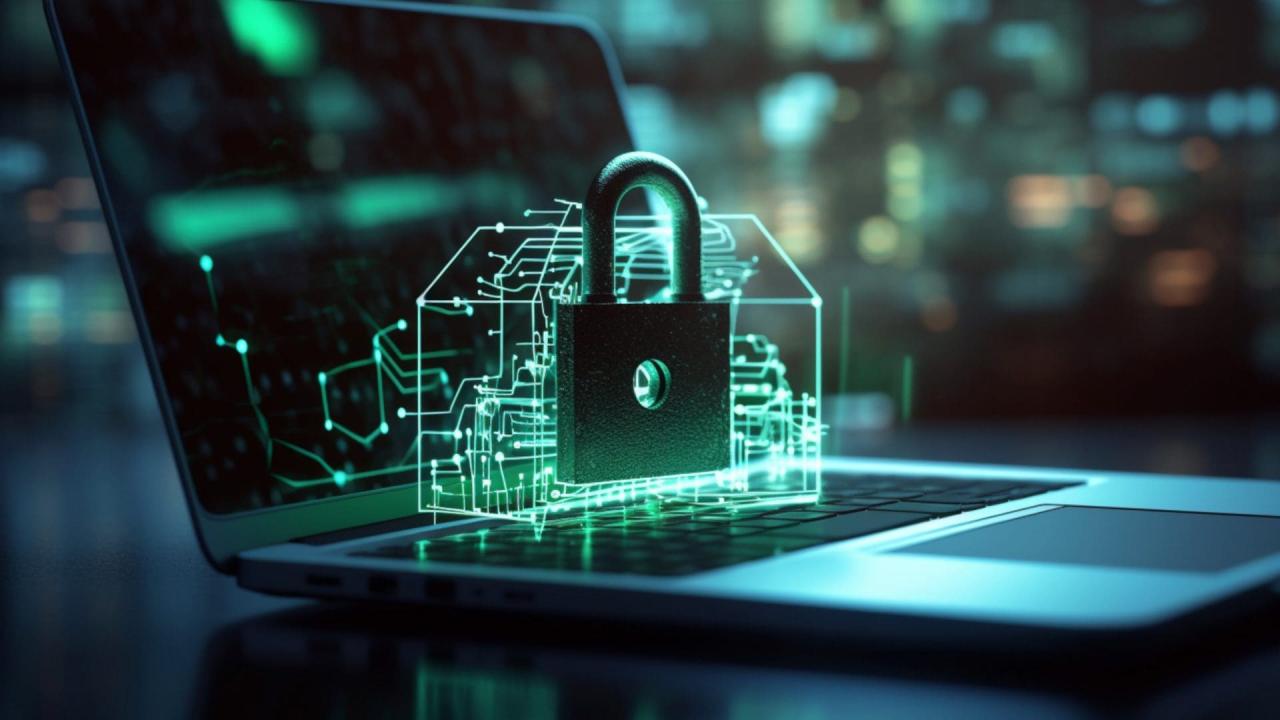
A resilient defense against modern threats requires a comprehensive, multi-layered strategy that addresses technology, policy, and, crucially, the people using the systems.
1. Fortifying the Human Element (Training)
A. Mandatory Awareness Training: Conduct frequent, mandatory training for all employees to help them recognize the latest phishing and social engineering tactics.
B. Phishing Simulations: Run regular, simulated phishing campaigns to test employee vigilance in a controlled environment and identify the weakest links in the security chain.
C. Implement a People-First Strategy: Teach employees about the security risks associated with their actions, emphasizing that they are the first line of defense.
2. Implementing Access Controls (The Zero Trust Model)
A. Multi-Factor Authentication (MFA): Enforce the use of MFA (requiring a second verification step, usually via phone app) for every account, especially for administrative and remote access.
B. Zero-Trust Architecture: Adopt a security model where no user or device is trusted by default, regardless of whether they are inside or outside the corporate network.
C. Principle of Least Privilege: Grant users only the minimum access rights and permissions necessary to perform their specific job functions, limiting the potential damage from a compromised account.
3. Technical Defenses and Maintenance
A. Regular Patching and Updates: Establish a rigorous process for immediately applying security patches and updates to all operating systems, applications, and firmware to close known vulnerabilities.
B. Data Encryption: Encrypt all sensitive data both in transit (when being sent) and at rest (when stored on servers or devices).
C. Endpoint Protection: Utilize advanced antivirus and anti-malware software that includes behavioral analysis to detect adaptive, fileless threats on individual user devices.
D. Network Segmentation: Divide the corporate network into smaller, isolated segments to contain the spread of malware and limit the damage radius if one section is breached.
4. Data Backup and Incident Response
A. Continuous Backup and Testing: Implement a reliable, automated system for backing up all critical data frequently, and routinely test the recovery process to ensure backups are functional.
B. Air-Gapped Backups: Store at least one full copy of critical backups completely offline and disconnected from the main network to prevent ransomware from reaching and encrypting them.
C. Develop an Incident Response Plan: Create a clear, documented plan that defines roles, communication protocols, and step-by-step actions to be taken immediately upon the detection of a breach or attack.
Conclusion
Cybersecurity is a continuous marathon, not a one-time sprint effort.
The sophistication of cyber threats, particularly those fueled by AI, continues to escalate rapidly.
Ransomware remains the single greatest financial threat, demanding proactive and rigorous defense measures.
Human vigilance against social engineering is the most critical layer of any security strategy.
Implementing Multi-Factor Authentication immediately closes the door on the vast majority of attacks.
Regularly updating all software is the simplest and most effective defense against known vulnerabilities.
A robust, segmented network backed by tested, offline backups ensures business continuity after a breach.
Embracing a Zero-Trust approach fundamentally changes the way organizations manage access and risk.
Every individual must take personal responsibility for strong passwords and secure data handling.
Building a culture of security transforms the entire organization into an active defense system.

